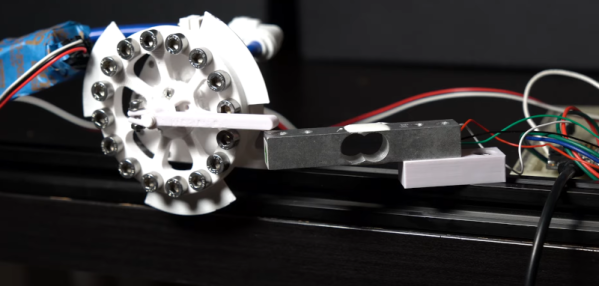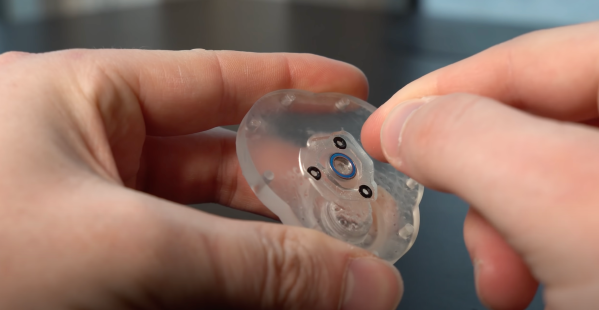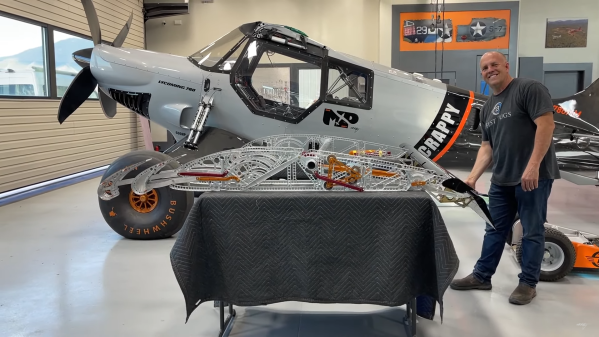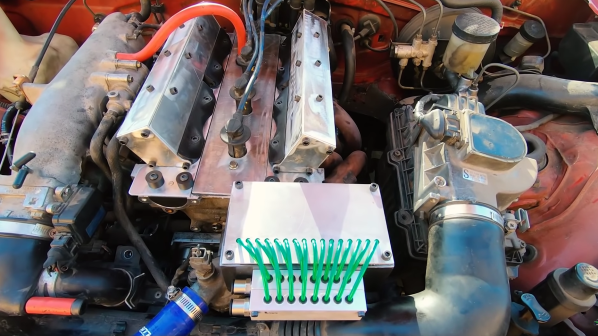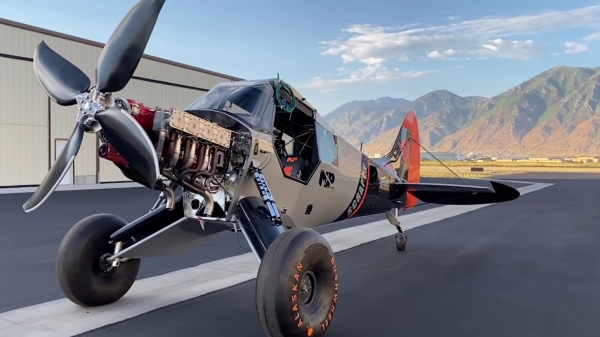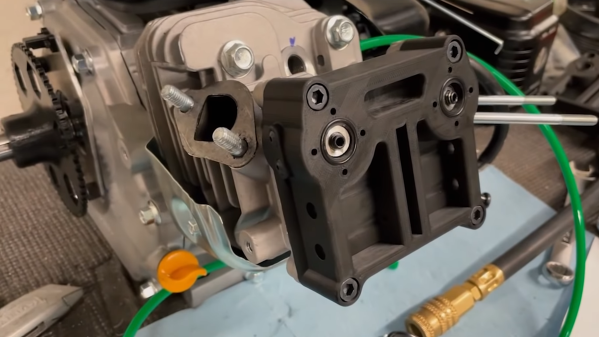We like to feature hacks that are affordable and accessible to the average person, but from time to time it’s fun to dream about the projects we’ll tackle when we’re all grown up and stinking rich. [Mike Patey] appears to fall rather comfortably in the latter category, but thankfully he hasn’t lost his “excited kid with big plans” spirit. A talented and experienced experimental aircraft builder, he’s currently working on Scrappy, a small bush plane built to be a short take-off and landing drag racer.
Scrappy started life as a Carbon Cub, a modernized kit version of the venerable Piper Super Cub. The only thing left of the original plane is a part of the fuselage frame, with almost everything else being custom. The engine is a 780 cubic inch (13 liter) horizontally opposed 8-cylinder, scavenged from one of [Mike]’s racing planes, and fitting it required extensive structural changes to the fuselage. The paddle-like propeller was intended for an airboat, and is designed for high thrust at low speeds. The skin of the aircraft is all carbon fiber, and the suspension almost looks like it’s borrowed from an off-road racing truck. [Mike] also added (and test fired) a ballistic recovery parachute. The cockpit instruments are also over-the-top for an aircraft like this, with seven Garmin multi-function displays.
Scrappy is still missing its wings, which will also be heavily modified. From the oil-cooling system to the door latch and gust-lock for the stick, everything was designed and made by [Mike]. We’re enjoying the in-depth build videos that show how he tackles all the little challenges that pop-up in such an ambitious project.
[Mike] made a name for himself with his previous monster bush plane Draco, which was sadly destroyed during an ill-considered take-off last year. Fortunately nobody was harmed in the incident, and Draco became a part donor for Scrappy. If budget planes are more your style, check out [Peter Sripol]’s latest electric microlight.
Continue reading “Scrappy: Drag Racing Bush Plane” →

